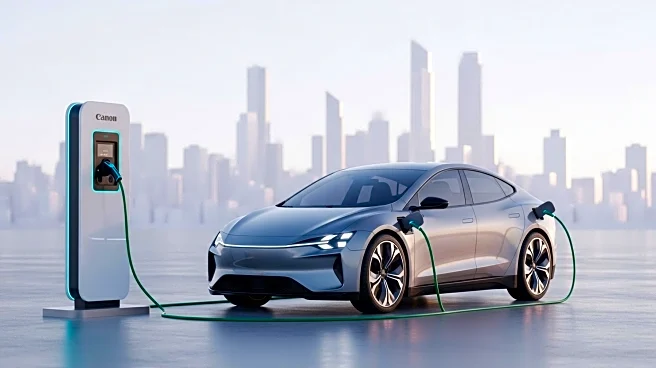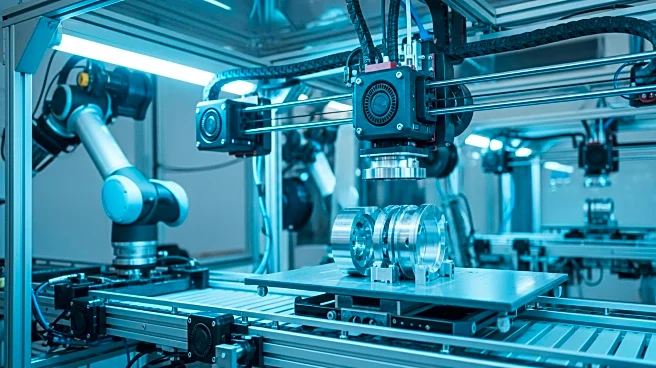What's Happening?
Caltrain, a commuter rail service in the California Bay Area, has successfully modernized its operations by introducing electric trains, which has led to a significant increase in ridership surpassing pre-pandemic levels. The modernization includes electrifying 51 of its 77 miles of track, allowing for faster travel times due to the improved acceleration and deceleration capabilities of electric trains compared to diesel locomotives. This initiative coincided with a broader shift in commuter patterns post-COVID-19, where demand has increased during midday, evenings, and weekends. The pandemic had initially caused a dramatic drop in ridership, with numbers plummeting to just 3% of pre-pandemic levels in March 2020. However, Caltrain's strategic response, including offering $1 youth fares and enhancing weekend services, has attracted a diverse range of riders, including students and adults, contributing to a robust recovery.
Why It's Important?
The modernization of Caltrain is a significant development in the context of U.S. public transportation, highlighting the potential for commuter rail systems to adapt and thrive post-pandemic. By shifting focus to accommodate changing commuter patterns, Caltrain is setting a precedent for other transit systems nationwide. The success of this initiative underscores the importance of flexibility and innovation in public transit, particularly in response to unforeseen disruptions like the COVID-19 pandemic. The increased ridership not only boosts revenue, which is crucial as ticket sales account for a significant portion of operating budgets, but also supports environmental goals by reducing reliance on car travel. This case study could influence future transportation policies and investments, encouraging other regions to consider similar upgrades to meet evolving commuter needs.
What's Next?
Caltrain's ongoing strategy involves continuing to attract and retain riders by offering frequent and affordable services. The focus will likely remain on diversifying markets and understanding ridership needs to ensure sustained growth. Other commuter rail systems, such as the Southeastern Pennsylvania Transportation Authority (SEPTA), are also restructuring services to align with new demand patterns, indicating a broader trend in the industry. As these systems adapt, they may explore further innovations in scheduling and technology to enhance service delivery. The success of these initiatives could lead to increased federal and state support for public transit modernization projects, further transforming the landscape of U.S. commuter rail services.










